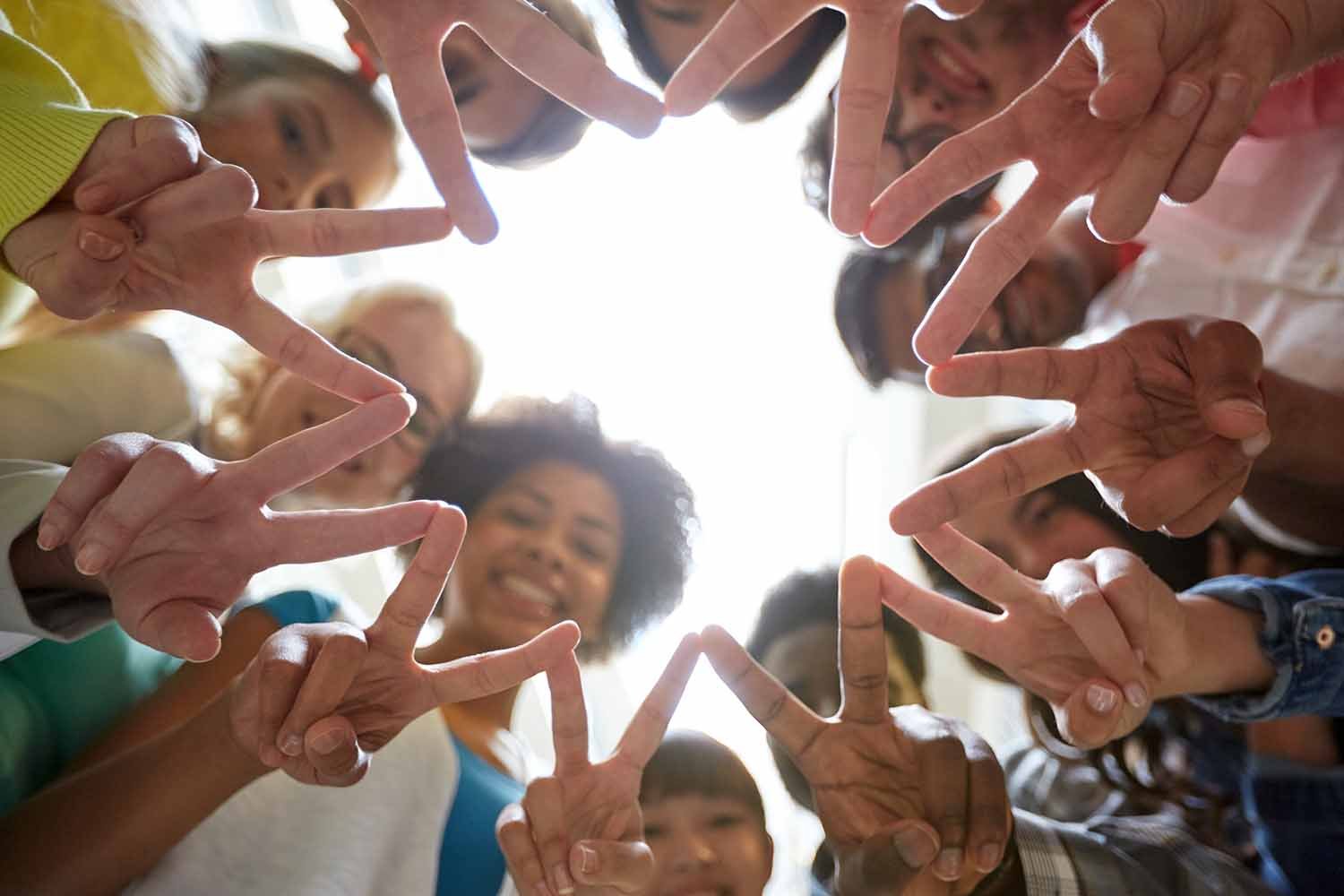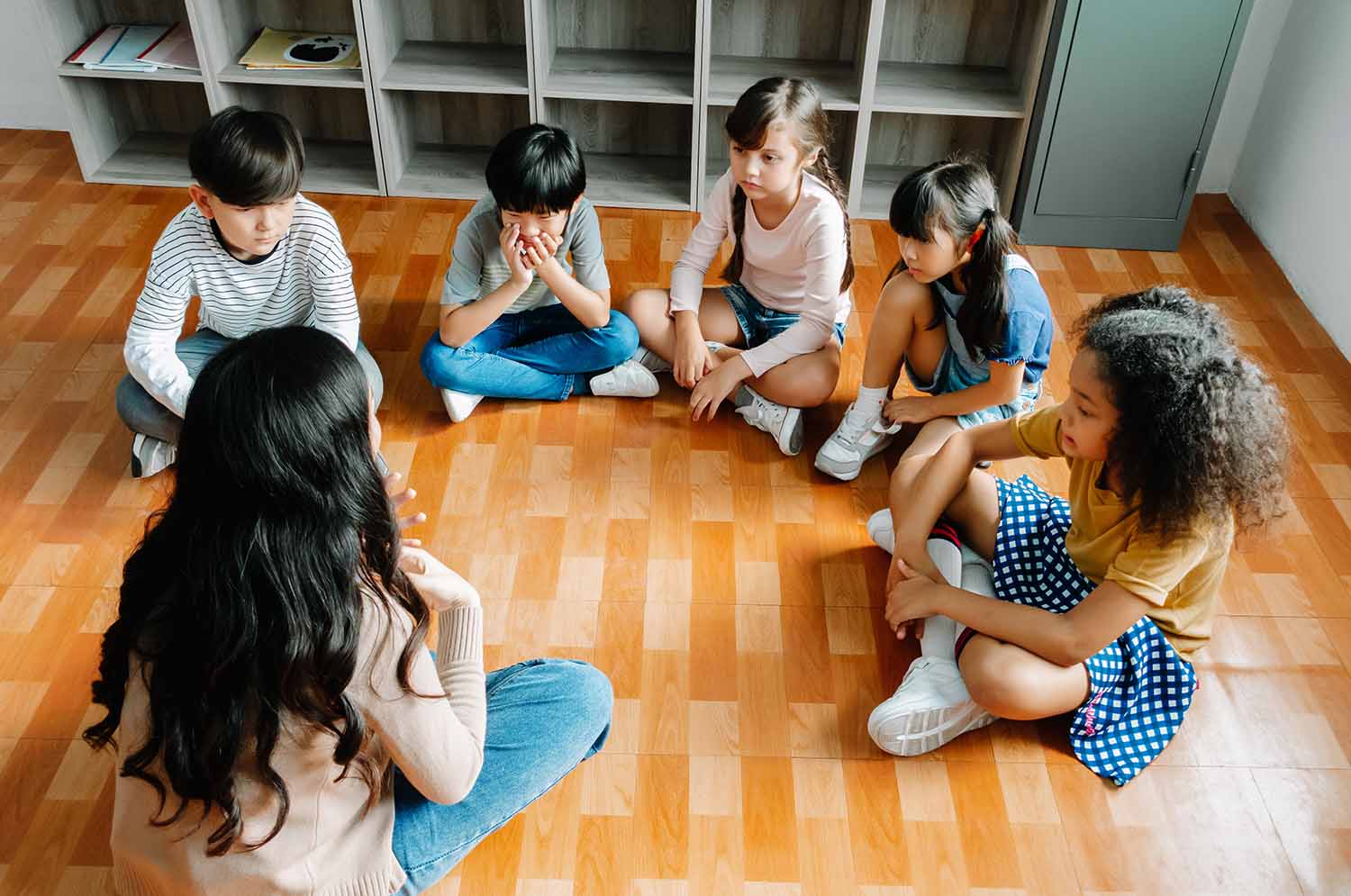How Restorative Justice Circles in Schools Can Create Stronger Classroom Communities
It’s important to strengthen the sense of community that your students have with you and with each other in the classroom. But no matter how strong your classroom community is, conflict will arise at some point or another. The way you deal with these conflicts can have a big impact on your classroom community moving forward.
Restorative justice is a practice that is used in schools, prisons, and other settings. It focuses on building relationships and repairing harm after a conflict, instead of merely delivering punitive punishments. This practice has already helped many school districts reduce conflicts and behavior problems among their students.
But what exactly is it, and how can you implement it in your district? Read on to learn more.
What Are Restorative Justice Circles?
The philosophy and practice of restorative justice has many different roots, including indigenous wisdom (for example, the Australian Maori have used a restorative justice system for generations), prison abolition movements, and more.
There are many different definitions of restorative justice that can be found floating around on the internet. At its heart, restorative justice is about moving away from a punitive disciplinary model, whether it be in prisons or in schools.
In a punitive disciplinary model, people are merely punished for their wrongdoings. For example, a student may be instructed to write a sentence like, “I will not start fights,” over and over, during their lunch break. The problem with this type of discipline is that it merely punishes the person who committed the wrongdoing. It doesn’t provide any opportunity for healing for the victims and damaged relationships, nor does it allow the student who caused harm to learn.
Restorative justice acknowledges the harm that’s done when someone commits a crime (or, in a school setting, a student breaks a rule). The people involved – both the person who harmed and the person who was harmed – learn skills to work out the conflict and figure out how to move forward.
The person who committed harm has an opportunity to take responsibility and right the wrong that was done. The victim has an opportunity to share the impact of the harm and share their needs moving forward.
The Oakland Unified School District in Northern California started using restorative justice practices in 2006, making them one of the pioneers of restorative justice in the classroom setting.
According to their guide, some key principles of restorative justice include:
- “If crime hurts, justice should heal.” Restorative justice works towards healing the harm that was caused by the wrongdoing and allows victims to tell their truth without shaming the wrongdoer.
- “Nothing about us without us.” All students who were involved in or affected by the wrongdoing or conflict are invited to participate and share their voice.
- “There is simply no substitute for the personal.” Respectful relationship-building is a key part of restorative justice.
How Restorative Justice Circles Can Help Strengthen Your Classroom Community

There are many restorative justice practices that schools can implement, from district-wide policies to individual teacher training. For restorative justice to truly be effective, it should become a part of every level of school life and disciplinary action. For example, many school districts that have adopted a restorative justice model have stopped suspending students.
But one specific restorative practice that’s become popular in schools is conducting restorative justice circles in the classroom. This could help your students strengthen their sense of classroom community and teach them important conflict-resolution skills that will serve them far into the future.
When we talk about “restorative circles” here, we’re referring to a group conversation, conducted after a wrongdoing has been committed, that uses restorative justice practices to repair harm.
When using punitive disciplinary action, a student would simply be punished for causing harm. For example, maybe one of your students comes to you and says that another student pushed them on the playground. Using punitive discipline, you might give the student who did the pushing detention. The “discipline” stops there.
But in a restorative justice circle, all affected members have the opportunity to take responsibility for their part, repair harm, and try to restore the relationship (or find another way to move forward). The student who was pushed has a chance to express how the pushing made them feel. The student who did the pushing has a chance to take responsibility and make retributions. Both of them have the chance to resolve the conflict and repair the harm caused in the relationship.
Restorative justice circles usually include:
- The responsible parties (the student(s) who caused harm)
- The impacted parties or victims
- Any other affected parties
- Sometimes, friends or family members of each of the students involved
- A facilitator, which would typically be you, the teacher, or a counselor
In general, each member of the circle is invited to share their thoughts and interpretations about what happened, respectfully and one at a time. People who have caused harm take responsibility for their actions. The group brainstorms solutions together for how to move forward.
This practice can strengthen your classroom community because it gives all your students opportunities to connect on a personal level and air out their grievances. Each conflict is addressed, and students are encouraged to face each other rather than only communicate with you when they feel hurt. There are opportunities to actually repair harm and move forward together.
When the child who caused harm simply receives detention, nothing has been done to repair relationships or community.
To run a truly helpful restorative justice circle, reach out to an expert for support. There are professionals who are dedicated to teaching others how to conduct these circles. Your school’s counselor may also be a good resource. Again, restorative justice circles are most effective when they’re just one component of a more holistic restorative justice approach to discipline at your school.
For more ideas on how to strengthen your classroom community, read our blog or sign up for our classroom-based mindfulness program.





SIGN UP FOR OUR NEWSLETTER